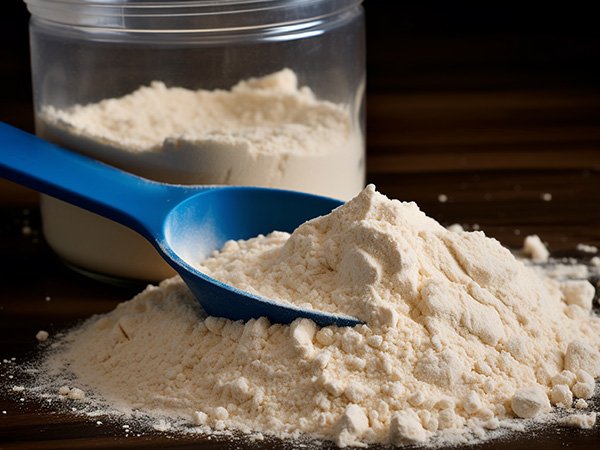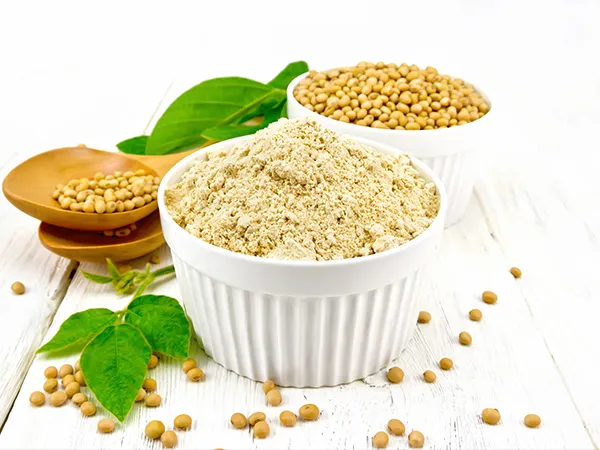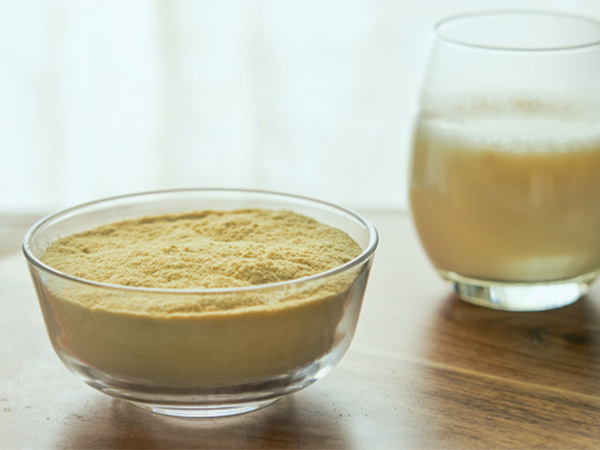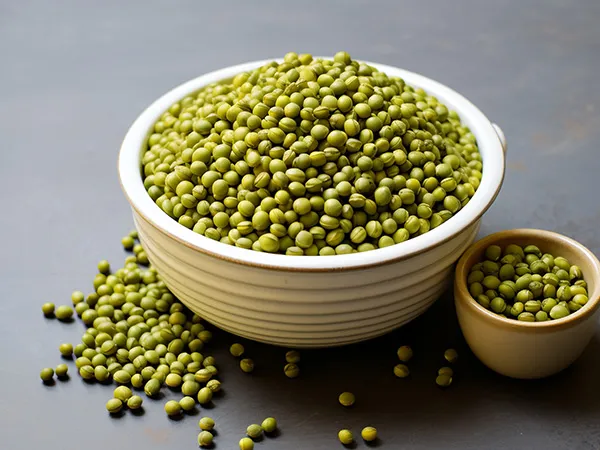Among all known grains, rice starch particles have the smallest size, with an average diameter of only 2–8 μm. In comparison, corn starch measures 5–25 μm, wheat starch 2–45 μm, sorghum starch 5–25 μm, and potato starch 15–100 μm.
The small particle size and large specific surface area of rice starch give it many superior physicochemical properties compared to other starches. It can serve as a fat substitute, is easily digestible, contains low lipid and mineral content, and has very low allergenic protein binding.
In addition, rice starch is the whitest among all starches, making it suitable as a glossy coating for candies or tablets. Researchers at the Southern Institute of Louisiana, USA, have developed a rice-based resistant starch product for obese and diabetic patients. Once it enters the colon, it promotes the growth of beneficial bacteria, improves intestinal flora, and has special benefits for intestinal health.
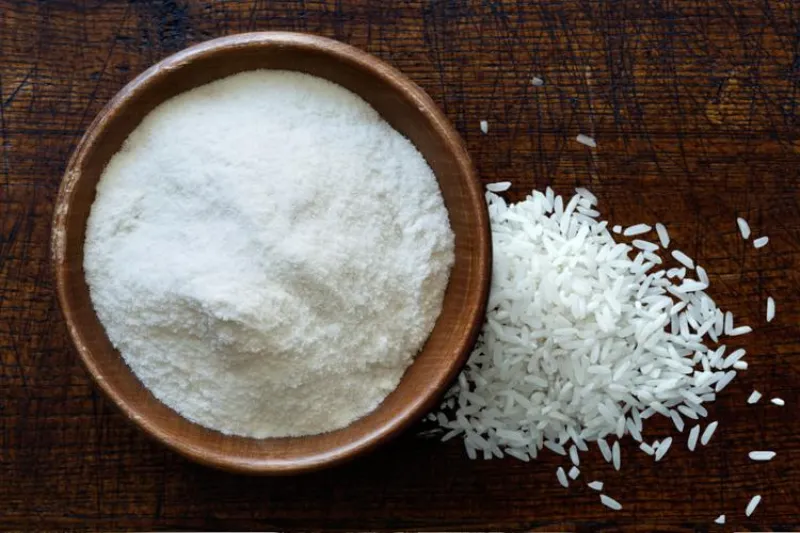
Separation of Rice Starch
Rice starch is found in the endosperm of mature rice grains. Rice consists of 20% husk and 80% brown rice. The white rice consumed daily is obtained by milling off the bran and germ from brown rice to obtain the endosperm.
According to particle morphology and amylose content, rice can be classified into waxy rice (0.8–2% amylose), short-grain rice (7–20%), medium-grain rice (20–25%), and long-grain rice (above 25%).
Currently, rice starch separation methods mainly include alkaline steeping, surfactant, ultrasonic, and enzymatic processes.
Structure and Composition of Rice Starch Particles
In general, the particle size of rice starch varies significantly among rice varieties. Glutinous rice starch has larger granules than indica rice starch, while japonica rice starch has the smallest granules.
Rice starch often exists in the form of compound starch granules, which are oval or spherical with diameters ranging from 7–39 μm. Each compound granule contains 20–60 small starch granules. Under an electron microscope, the surface of compound granules appears porous. These pores are formed when the starch-protein complexes within the endosperm separate during isolation.
Gelatinization Characteristics of Rice Starch
In both food and industrial applications, rice starch must undergo heating and gelatinization. Its gelatinization behavior is closely related to its molecular and physicochemical structure.
When the starch suspension is heated to a certain temperature, the granules suddenly swell, the crystalline structure disappears, and amylose begins to leach out. The birefringence (Maltese cross) vanishes, and the slurry turns into a viscous paste that does not settle quickly, even without stirring. This transformation is known as starch gelatinization, in which heat and water energy convert the ordered structure into a disordered one.
The process can be divided into three stages
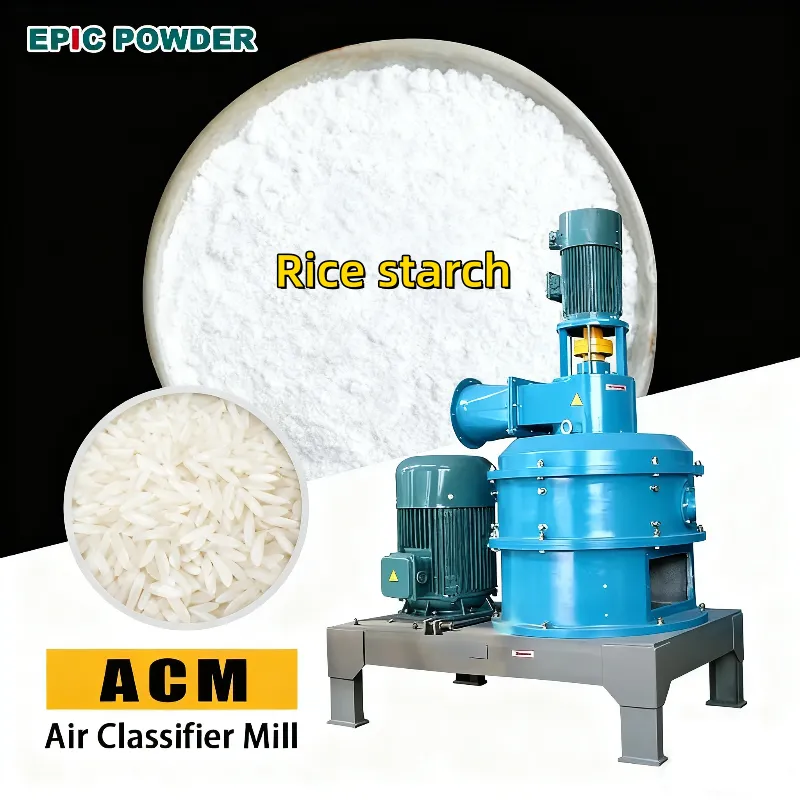
- First Stage:
Before reaching the gelatinization temperature, water penetrates the starch granules through gaps and binds to polar groups. The granules retain their shape and birefringence. - Second Stage:
Upon reaching gelatinization temperature, starch granules absorb water rapidly and swell sharply. The birefringence disappears as the crystalline regions disintegrate. Once this happens, cooling cannot restore the original granule structure. - Third Stage:
With continued heating, the swollen starch granules disintegrate and dissolve further.
Characteristics and Applications of Rice Starch
Rice starch granules are fine, with a high surface area and strong adsorption ability. They are odorless and do not affect food flavor. With a smooth and creamy mouthfeel, rice starch is an excellent fat substitute. Its bright white color makes it ideal for coating tablets and candies.
Waxy varieties exhibit good freeze–thaw stability, preventing syneresis and shrinkage during freezing. Rice starch is also hypoallergenic, making it suitable for a wide range of applications:
- Cosmetics: Used in face powders for good adhesion and natural finish.
- Paper and Photography: Used as a sizing agent for clear and durable printing.
- Industrial: Functions as a food and rubber lubricant.
- Food: Acts as a binder and thickener in candies, sauces, soups, and instant rice for a smooth texture.
- Functional Starch: Porous starch offers strong adsorption, suitable for functional foods for infants and the elderly. Slowly digestible starch helps reduce glycemic load, suitable for diabetics and athletes.
Conclusion
To ensure high-quality rice starch for food, pharmaceutical, and functional applications, precise particle size control is essential. EPIC Powder has over 20 years of experience in ultrafine grinding and classification. The company provides advanced air classifier mill systems for efficient and low-temperature rice starch processing.
These systems also ensure contamination-free operation. By combining grinding and classification in one step, EPIC Powder’s technology delivers stable particle size distribution and excellent whiteness. It also improves product functionality and sets a new benchmark for high-value rice starch production.
